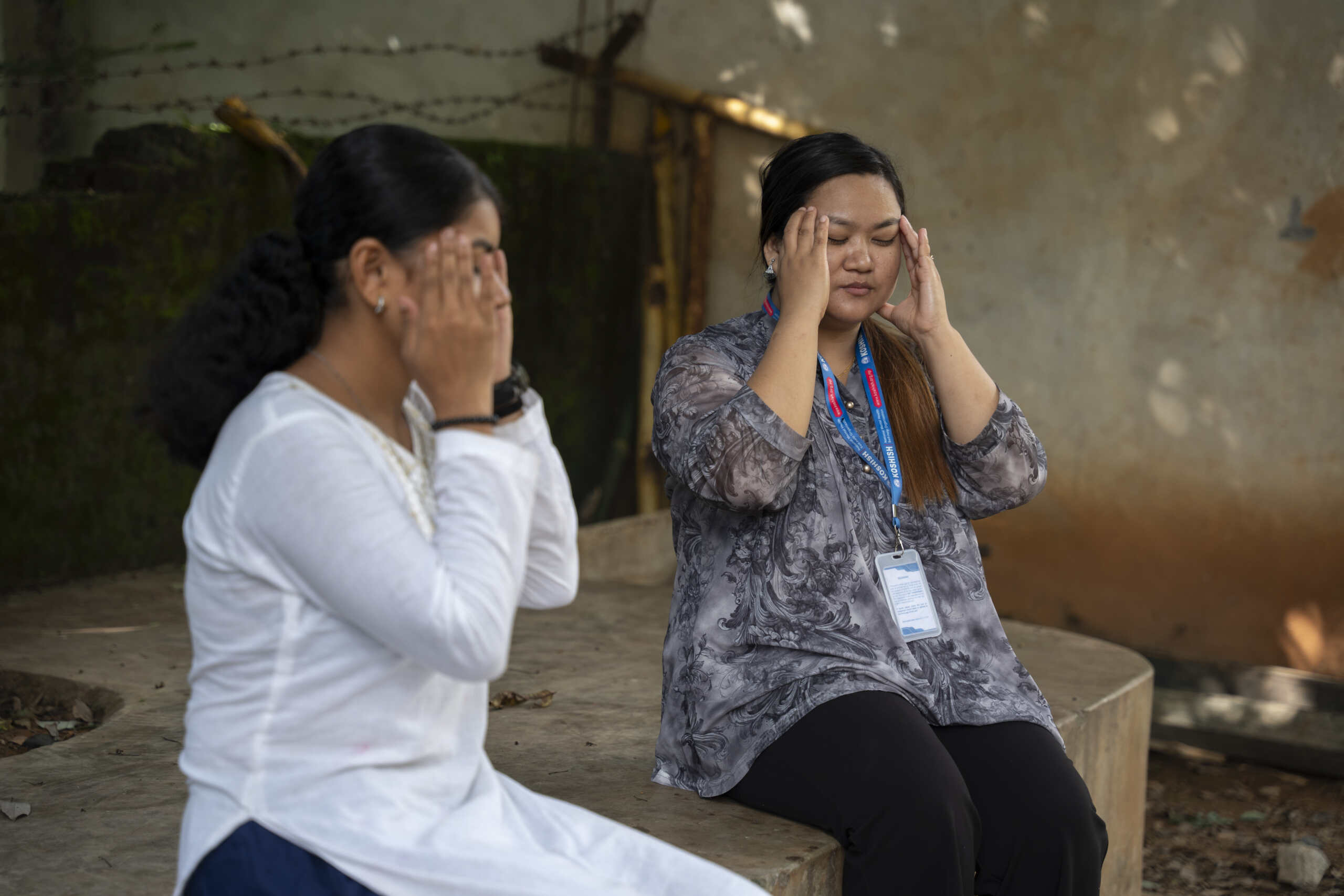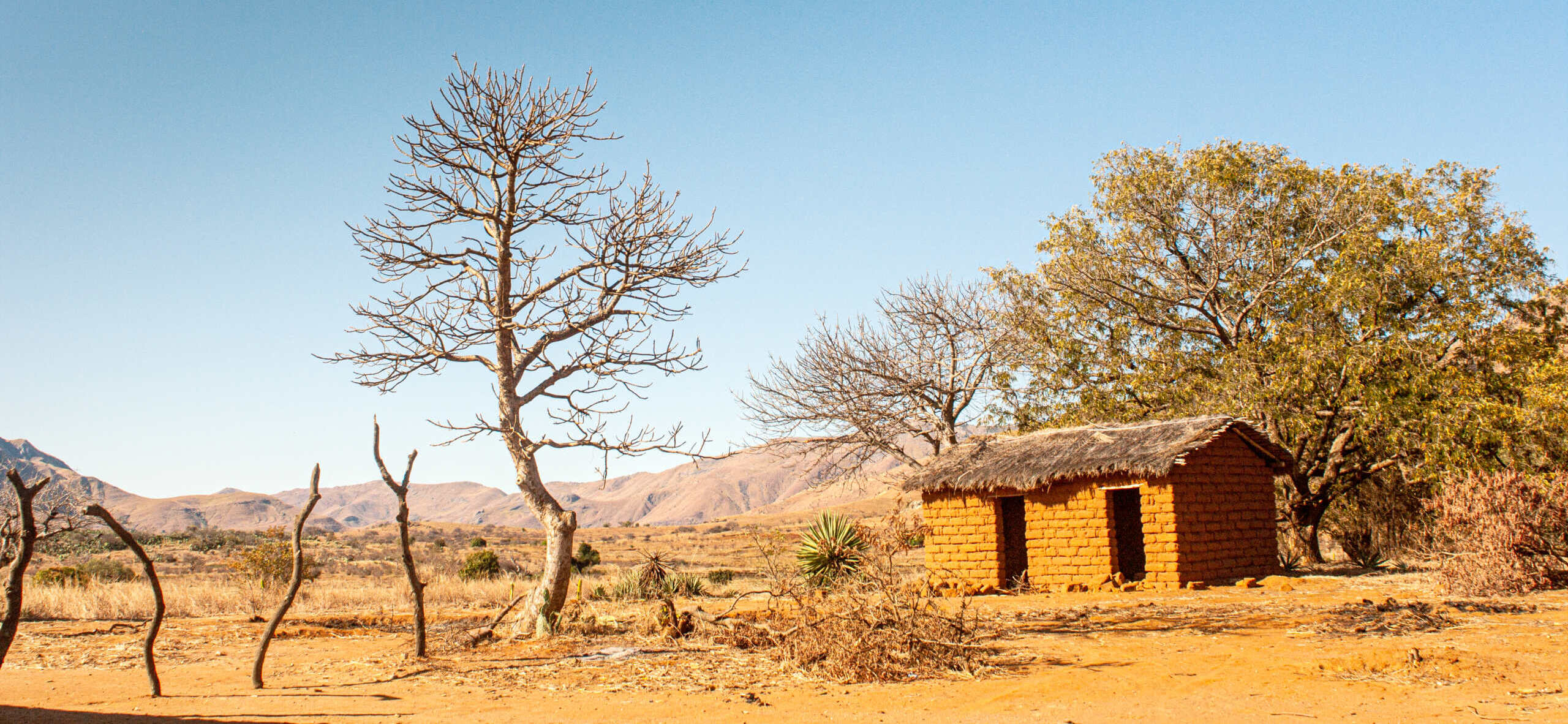Exploring disability inclusive strategies for ending gender-based violence
Blog, News-iag | January 26, 2025
In this conversation, IAG Australia’s Senior Disability Inclusion Advisor, Teresa Lawler, speaks with Monjurul Kabir, Senior Global Adviser and Team Leader for Gender Equality and Disability Inclusion at UN Women and Mary Keogh, CBM Global Advocacy Director, to explore disability inclusive strategies for ending gender-based violence.
Teresa: Today, we’re diving into the vital conversation of building a world free from violence and full of inclusivity. Joining us is Director of Advocacy for CBM Global, Mary Keogh. We also have Monjurul Kabir, Senior Global Advisor from UN Women. Welcome!
Mary: Thank you so much for having me! It’s an absolute pleasure to be here and chat about something so crucial.
Monjurul: Absolutely, thrilled to be here and part of the conversation.
Teresa: Fantastic! Now, let’s start with the big picture. The theme of this year’s International Day of People with Disabilities (IDPD) is ‘United in action to rescue and achieve the Sustainable Development Goals (SDGs) for, with, and by persons with disabilities.’ What does that mean to you?
Monjurul: It’s a powerful call, isn’t it? It’s about recognising that for any development effort to be truly successful, it needs to include and empower everyone, especially persons with disabilities. We’re not talking about ‘for’ or ‘to’ persons with disabilities, but a genuine ‘with.’ It’s about active participation, not just token representation. In fact, the multiplicity of crises and ongoing conflicts has put the achievement of the SDGs in peril. For many, progress has either stalled or regressed below the 2015 baseline. Unfortunately, the world’s poorest and most vulnerable including those with disabilities are often the hardest hit. Initial findings from the forthcoming UN Disability and Development Report 2023 indicate that the world is even further off track in meeting several SDGs for persons with disabilities.
Teresa: IDPD coincides with the global 16 Days of Activism campaign against gender-based violence. How does this alignment impact the narrative, especially when we talk about SDG Goal 5’s aim to eliminate violence against women and girls?
Mary: Great question. The alignment is significant because it’s like these two campaigns are joining forces for a common goal. We know that there are over 1.3 billion people with disabilities worldwide, and yet, women, girls, and gender-diverse people with disabilities are still facing exclusion and discrimination. They’re statistically more likely to experience the same forms of violence as all women and girls, and also experience disability-specific forms of violence, such as carer-perpetrated violence, institutional violence and forced sterilisation.
So, when we’re addressing gender-based violence, we can’t afford to overlook the specific challenges faced by women, girls, and gender-diverse people with disabilities. It’s about spotlighting those unique experiences and ensuring that our strategies are inclusive and effective for everyone.
Teresa: We often hear about challenges. What would you say is the real challenge here when it comes to creating an inclusive approach to gender-based violence (GBV)?
Monjurul: The real challenge, in my opinion, is breaking down the barriers. Current laws, policies, and services on gender-based violence often fall short in addressing the unique concerns and drivers of violence experienced by women and girls with disabilities. This results in prevention efforts and critical services remaining inaccessible or failing to meet the specific needs of this marginalised group.
Teresa: Powerful. Now, let’s talk solutions. Can you share some creative ideas that have caught your eye, in terms of disability-inclusive approaches to GBV programs?
Mary: Absolutely. I’ve seen some fantastic initiatives embracing accessible communication channels. Imagine helplines with options like text-based and relay services to cater to different needs. There are also a growing number of rights-based and age-appropriate awareness campaigns, really bringing attention to the specific risks and barriers faced by women and girls with disabilities. Budgeting for inclusion – allocating sufficient resources within services to ensure accessibility, reasonable accommodation and staff capacity to respond to women and girls with disabilities – is also crucial.
Another important part of this is making sure that women-led organizations of persons with disabilities (OPDs) are equipped to better understand and support those facing violence, and know how to make referrals to service providers. And don’t even get me started on disability-targeted programming; investing in initiatives that address the specific needs of people with disabilities is a game-changer.
Teresa: Those are some great ideas. Now, for our final thought – why is it crucial for governments, institutions, and citizens to genuinely care about ending violence against women and girls with disabilities?
Monjurul: Ending gender-based violence is a collective responsibility. Governments, institutions, and individuals play pivotal roles in shaping a world where everyone, including all women and girls with disabilities, can live free from fear. By addressing the unique challenges they face and tailoring our approaches accordingly, we will make significant progress towards SDG 5 and a future where no one is left behind, and that is a world worth building. An accessible and equitable world requires that we identify stigma and discrimination against women and girls with disabilities as major barriers to their full and effective participation in all aspects of social, political, and economic life.
Teresa: Well said. Thank you so much to you both for sharing your valuable perspectives today. It’s been truly enlightening.
Monjurul: Thank you for having me.
Mary: My pleasure. Let’s keep the conversation going!
Dr. A.H. Monjurul KABIR, a human rights advocate and political scientist, is Senior Global Adviser and Team Leader for Gender Equality and Disability Inclusion at UN Women HQ in New York. Prior to this, he was Senior Rule of Law Policy Adviser, and Chief of Asia-Pacific Section with UN-Women HQ. Mr. Kabir, a senior UN Development expert, can be followed at Monjurul KABIR (@mkabir2011) / X
Dr Mary Keogh currently serves as the Advocacy Director for CBM Global. In this role, she spearheads CBM Global’s advocacy strategies, collaborating closely with organisations that represent persons with disabilities.
Teresa Lawler, Senior Disability Inclusion Advisor for CBM Australia, is deeply committed to gender and disability equality, and creating spaces and processes that enable those facing intersectional discrimination to determine their own priorities. Teresa has worked for over 15 years at the intersection of gender and disability equality both in Australia and abroad, from the United Nations through to local government. Recent experience includes leading a co-design process for development of UN Women’s Intersectionality Toolkit, in partnership with the International Disability Alliance, development of CBM’s Disability and Gender Analysis Toolkit, and a COVID-19 pandemic response tool addressing gender-based violence, sexual and reproductive health and care work for local government.
https://cbm-global.org/blog/exploring-disability-inclusive-strategies-for-ending-gender-based-violence
Other IAG Projects

Breaking Stigma, Building Hope: Suicide Prevention in Nepal
After losing her young daughter to suicide, Maya developed a mental health condition while...

Accessibility, reasonable accommodation, and budgeting for inclusion
Budgeting for inclusion, accessibility, and reasonable accommodation must be...

OPDs Lead Climate & Disability Advocacy Training across Eight Countries
CBM Global, in partnership with disability, youth and climate...
